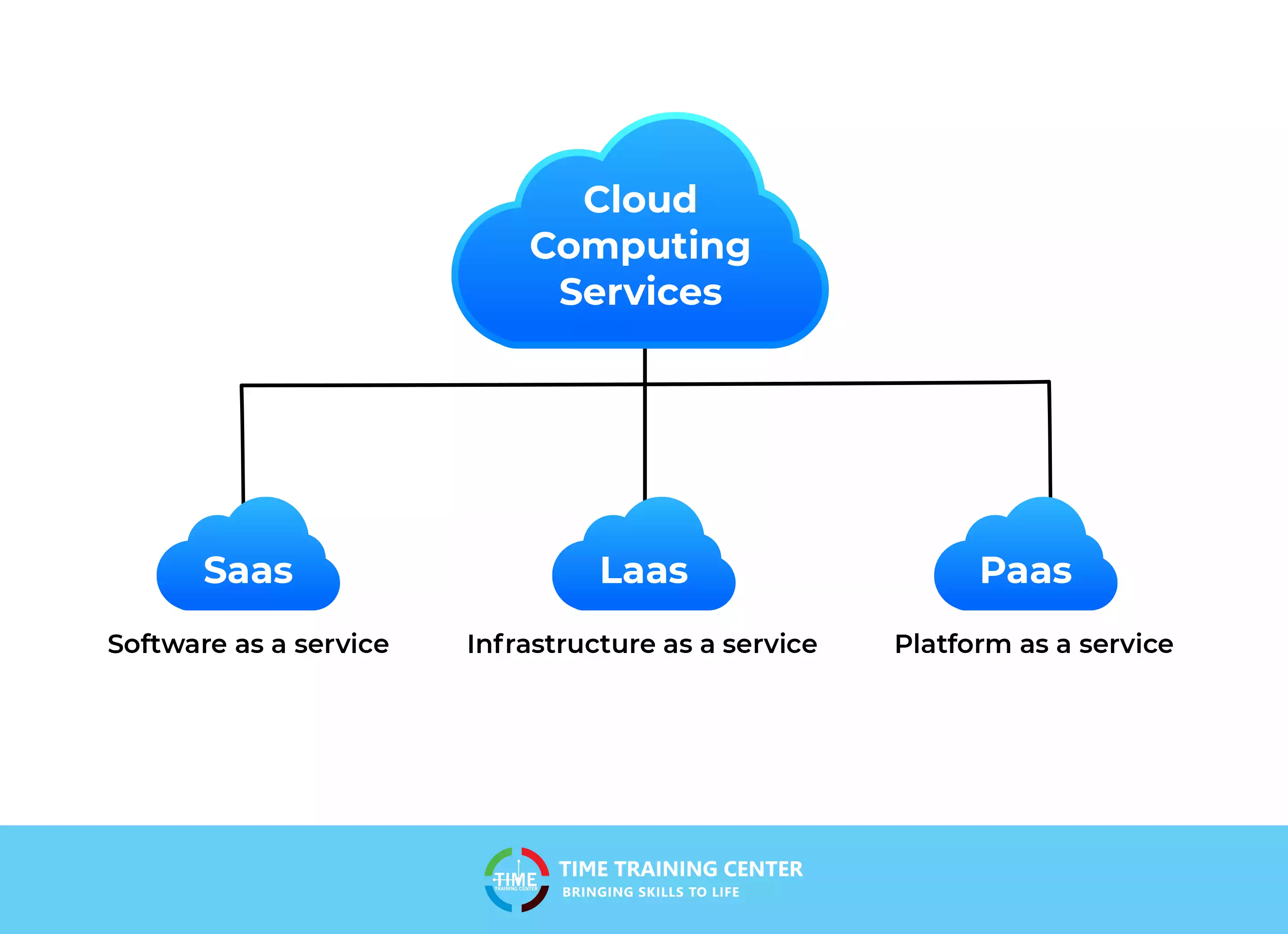LinkDaddy Cloud Services Press Release: Announcing New Quality and Enhancements
LinkDaddy Cloud Services Press Release: Announcing New Quality and Enhancements
Blog Article
Achieve Seamless Scalability With Cloud Provider
In the ever-evolving landscape of cloud services, achieving smooth scalability stands as a keystone for contemporary companies looking for to stay versatile and affordable. The capacity to easily expand or get resources in feedback to altering needs is an essential advantage in today's hectic digital environment. By mastering the art of scalable cloud options, organizations can not just optimize efficiency and streamline operations yet likewise lead the means for future development and development. The quest for seamless scalability with cloud solutions introduces a world of possibilities for those going to accept the transformative power of dynamic source monitoring.
Advantages of Cloud Scalability
Cloud scalability provides companies the versatility to dynamically adjust sources based on demand, ensuring ideal performance and cost efficiency. In addition, cloud scalability advertises technology and trial and error by enabling organizations to easily examine brand-new concepts and scale them as required. Ultimately, the advantages of cloud scalability extend past cost savings to include enhanced performance, dexterity, and technology.
Trick Attributes for Scaling
Efficient scaling in cloud services depends on key attributes that allow companies to change sources dynamically based on need. One essential attribute for scaling is elasticity, permitting sources to scale up or down in reaction to varying work. This makes sure that organizations can meet efficiency needs without over-provisioning resources. One more essential function is scalability, making it possible for systems to deal with boosted workload by including resources seamlessly. This function is important for suiting development without jeopardizing efficiency. Additionally, automation plays an essential duty in scaling by automating the provisioning and de-provisioning of sources based upon predefined policies. Automation decreases human intervention, improves performance, and ensures quick response to altering needs. Tracking and analytics devices are additionally vital for scaling, offering understandings into source use, performance metrics, and prospective bottlenecks. These devices make it possible for companies to enhance and make educated choices source appropriation for efficient scaling. Generally, these crucial functions collectively equip companies to achieve smooth scalability in cloud services.
Carrying Out Auto-Scaling Strategies
To efficiently maximize source allotment and adjust to differing work, companies need to tactically apply auto-scaling techniques in their cloud services facilities. Auto-scaling enables systems to instantly change the variety of calculate resources based upon real-time demand. There are numerous auto-scaling methods that companies can employ, such as anticipating scaling, which uses historical information to forecast future resource needs, and responsive scaling, which responds to current workload changes.

Ideal Practices for Scalability
For companies intending to boost their scalability in cloud solutions, executing ideal practices is essential for ideal efficiency and source administration. One secret finest technique is creating applications with a microservices architecture. This technique breaks down applications into smaller, independent solutions that can be deployed, updated, and scaled independently, enabling greater versatility and scalability.
One more important technique is utilizing containerization innovation, such as Docker or Kubernetes. Containers make it possible for the packaging of applications and their dependences right into separated units, making it much easier to scale elements independently and deploy them continually across various atmospheres.
Additionally, implementing automated release and infrastructure as code (IaC) can improve scalability efforts (linkdaddy cloud services). Automation tools like Terraform or Ansible assistance in provisioning and handling sources successfully, reducing hand-operated errors and enabling rapid scalability
Additionally, monitoring performance metrics, setting up signals, and carrying out normal ability preparation are vital practices to guarantee proactive scalability administration. By sticking to these finest practices, organizations can achieve seamless scalability in their cloud solutions while maximizing efficiency and resource application.
Surveillance Efficiency Metrics
When assessing the effectiveness of cloud services scalability, very closely monitoring efficiency metrics is important for making sure ideal functionality and resource allowance. By continuously tracking crucial efficiency signs (KPIs) such as response times, latency, throughput, and source usage, organizations can gain valuable understandings right into the wellness and effectiveness of their cloud framework. Keeping an eye on efficiency metrics permits the very early discovery of prospective bottlenecks or issues that might affect scalability, enabling positive steps to be required to address them prior to they escalate.

Conclusion
Finally, attaining seamless scalability with cloud solutions is necessary for organizations to maximize performance, boost technology, and maintain high performance levels throughout peak times. By leveraging the benefits of cloud scalability, executing auto-scaling approaches, making use of essential attributes such as flexibility and automation, and adhering to finest techniques like application design and performance monitoring, companies can successfully scale their systems while making the most of source utilization and efficiency.
The quest for seamless scalability with cloud solutions unveils a world of possibilities for those willing to embrace the transformative power of vibrant source monitoring.
Cloud scalability provides organizations the versatility to dynamically adjust resources based on need, guaranteeing optimal performance and cost efficiency. Another crucial feature is scalability, enabling systems to deal with raised workload by including sources flawlessly.For companies aiming to improve their scalability in cloud solutions, applying best techniques is essential for ideal performance and resource management.When examining the performance of cloud solutions scalability, carefully keeping track of efficiency metrics is critical for making sure optimum functionality and source appropriation.
Report this page